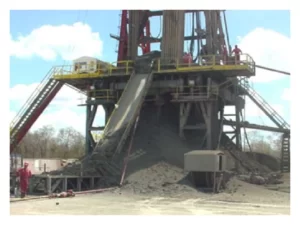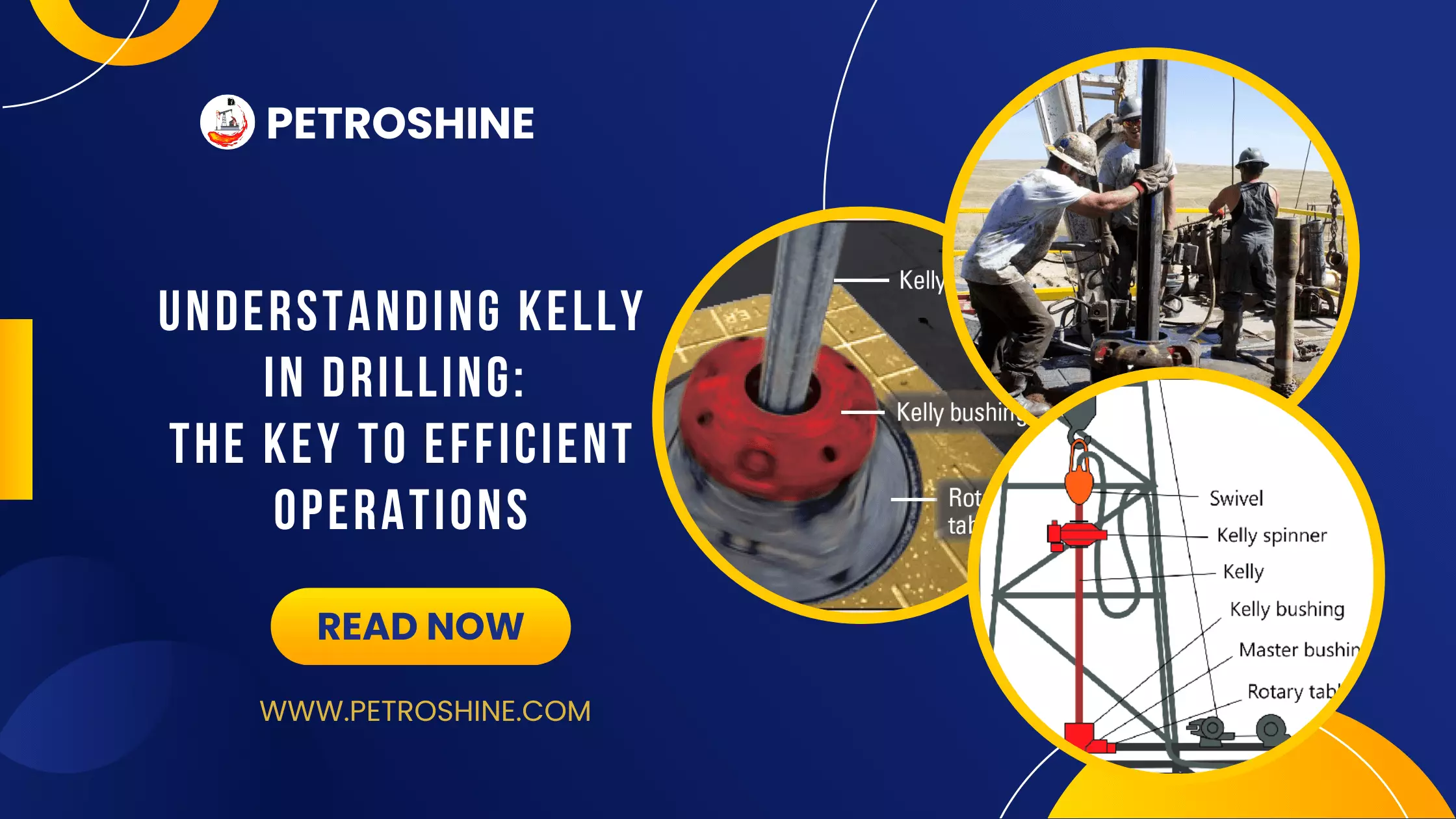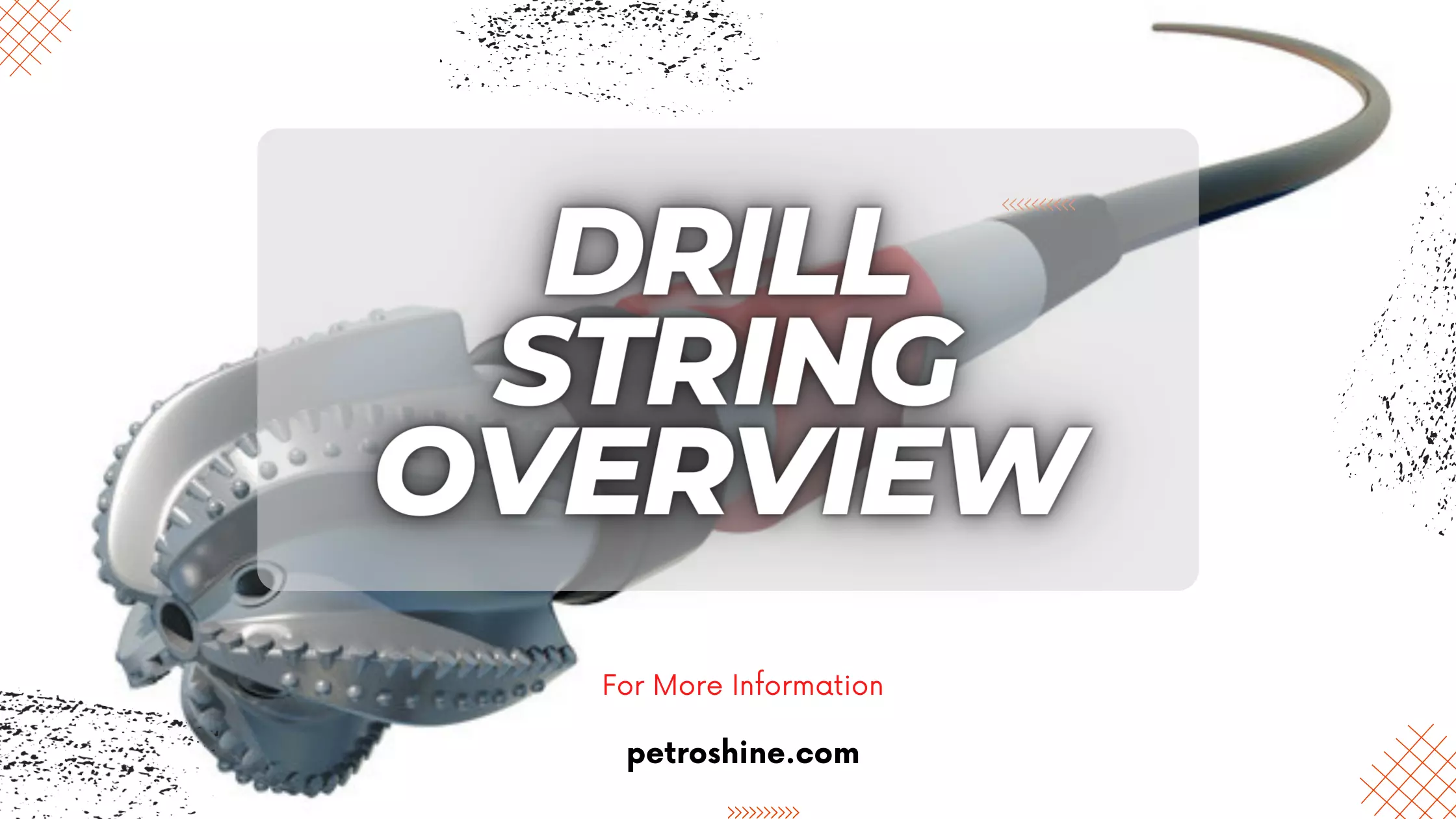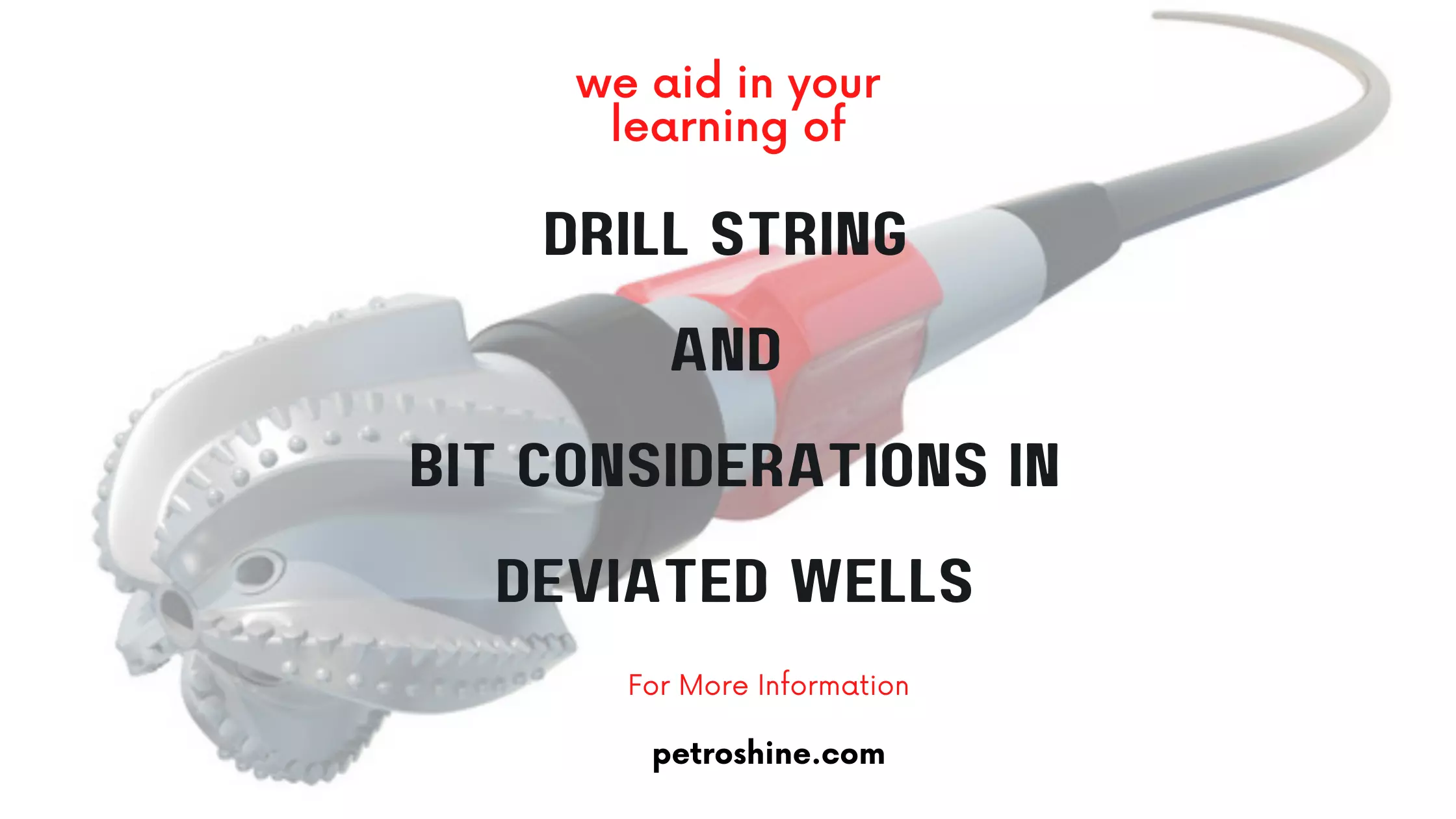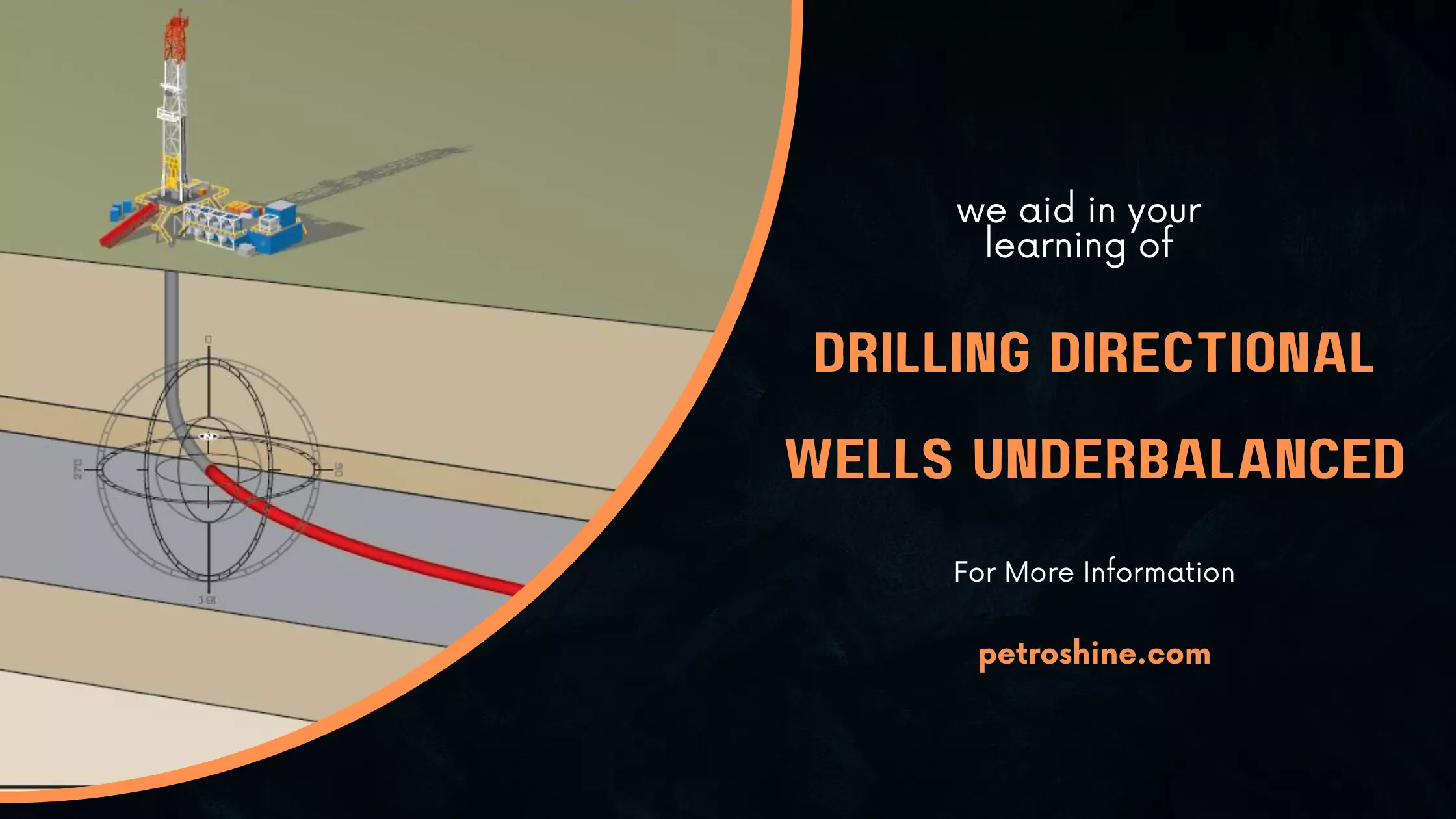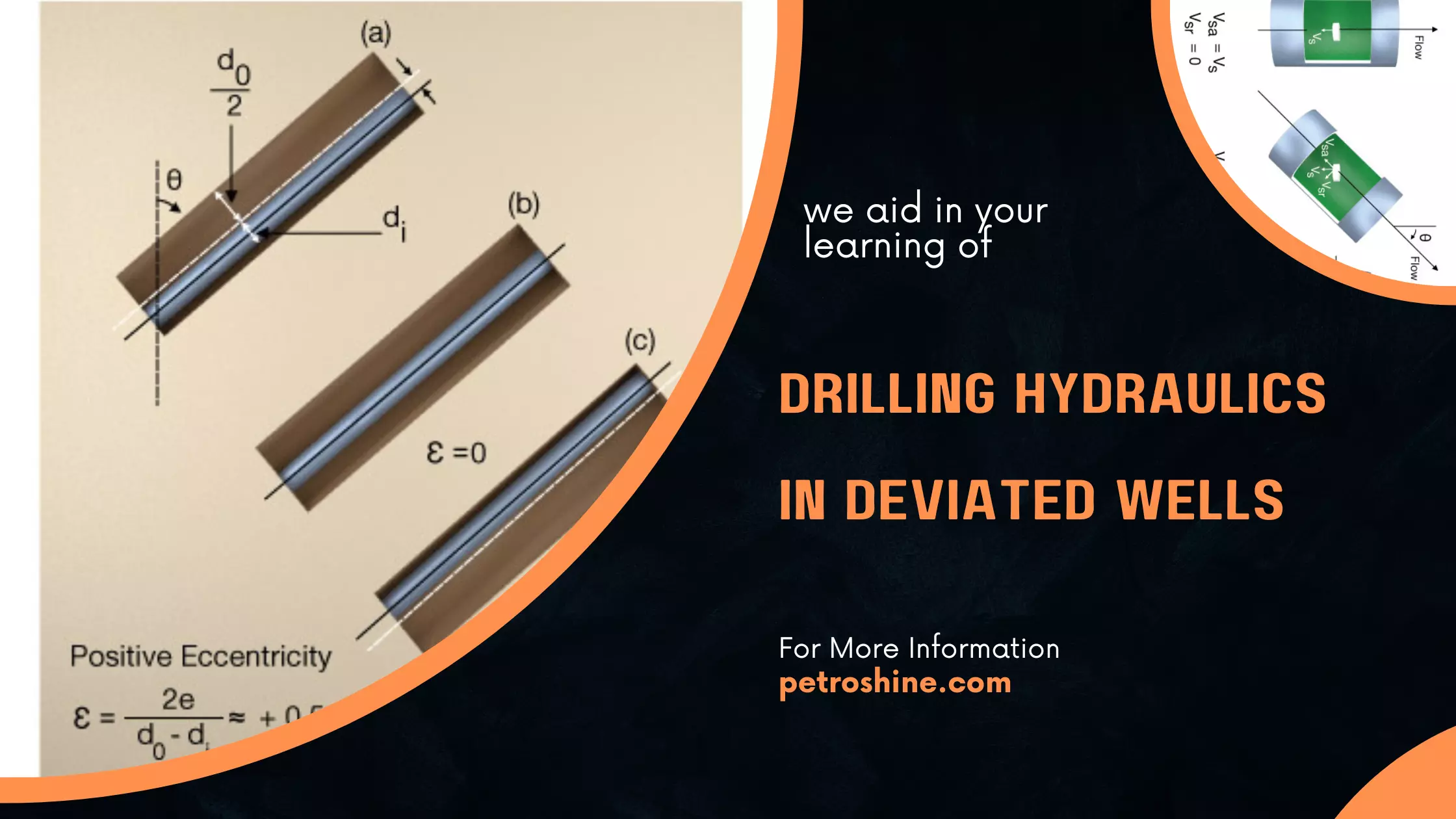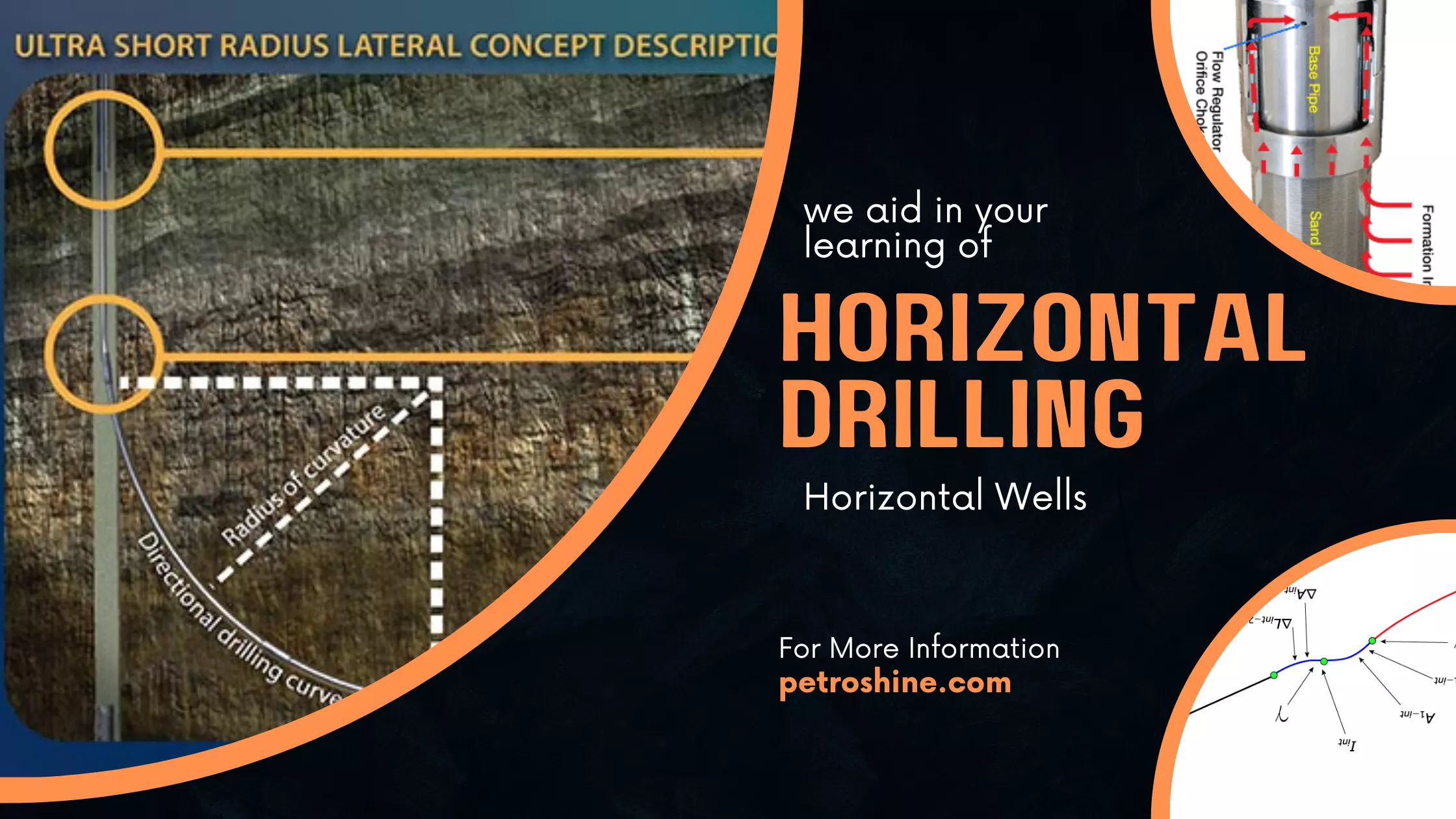To calculate the density of a mixture consisting of oil and water, we can use the following formula:(V1)(D1) + (V2)(D2) = (V1 + V2)DF
Read More »Bottomhole Assembly Tools
Bottomhole Assembly (BHA) Components consist of varying tool types from: Stabilizers https://youtu.be/lw7uV7CFpws Stabilizers, by centralizing the drill string at selected points in the borehole, perform these important functions: They ensure that the weight of the drill collars is concentrated on the bit. They reduce torque and bending stresses in the …
Read More »What is a Drill Collar?
A drill collar is a device used at the lowest part of a drill string, an important part of the bottom hole assembly (BHA). It is always a ...
Read More »Drill Pipe
Dimensions and Strengths https://youtu.be/-IoTMZDJQIg Like other oilfield tubulars, drill pipe comes in a variety of lengths, diameters, weights and grades of steel. Drill pipe is also specified according to its upset (the type of end section provided for weld-on connections or tool joints). Factors that influence drill pipe selection include: Hole size Well …
Read More »Kelly The Key to Efficient Operations
The kelly is a primary link between the drilling rig's surface equipment and the bit, and is therefore a critical component of the ...
Read More »Drill String Design | Drill String Overview
A well-designed drill string is instrumental in optimizing penetration rates, controlling wellbore deviation, maintaining an "in gauge" ...
Read More »Drill String and Bit Considerations in Deviated Wells
Drill String Design As inclination angle increases in a directional or horizontal well, the borehole walls support more of the drill string weight. This contact, along with the capstan effect (the normal force caused by the deformation of an axially loaded member about some obstacle), results in frictional forces that oppose the …
Read More »Underbalanced Drilling in Directional Wells
Drilling Directional Wells Underbalanced The main justifications for drilling a directional well underbalanced are to (1) reduce drilling costs, and/or (2) improve productivity. The combination of horizontal/multilateral and UBD technology is a relatively new one, and which has been explored more in international fields (especially the Middle East), than in …
Read More »Drilling Hydraulics in Deviated Wells
One of a drilling fluid's primary functions is to remove drilled cuttings and transport them to the surface-in other words, to clean the hole. The term carrying capacity ...
Read More »Horizontal Drilling | What is a horizontal drilling?
Horizontal drilling is the process of directing part of a well course through a reservoir such that its inclination angle is approximately 90° from vertical.
Read More » Petro Shine The Place for Oil and Gas Professionals.
Petro Shine The Place for Oil and Gas Professionals.
